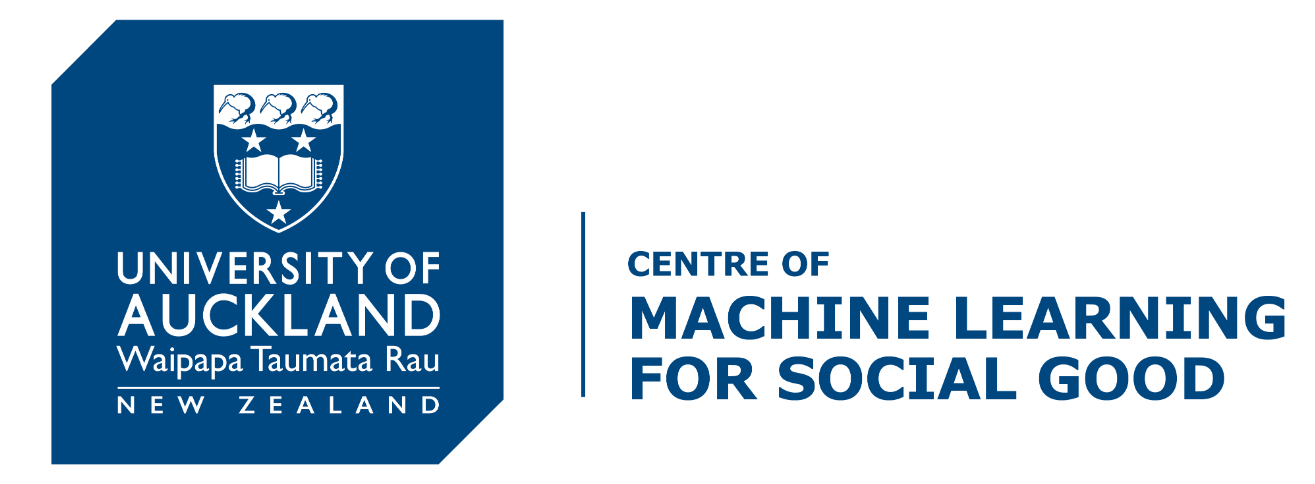Enviromental
Anomalous Vessel Transshipment Identification With Dynamic Graph Neural Networks
Project Description: Fishing vessel tracking and monitoring is paramount to maintaining safe and proper activity in the high seas. Suspicious fishing activities or transshipment events can result in serious biosecurity risks, exchange of illegal goods, and even human rights violations. However, with over hundreds of thousands of fishing vessels, manually monitoring and predicting anomalous activity for each vessel becomes a highly intractable task. Luckily, this task can be structured with the help of historical classification data and vessel interaction activity. We can form the problem...
Forecasting Extreme Events in Air Quality
Project Description: A decrease in air quality presents a significant hazard to the sustainability of environmental conditions in the modern world. Its significance in shaping health outcomes and the quality of life in urban areas is projected to escalate over time. Many factors, encompassing anthropogenic emissions and natural phenomena, are recognised as primary influencers contributing to the escalation of air pollution levels. Human health is particularly threatened by high amounts of pollution caused by weather events or disasters. However, these extreme events are difficult to predict using machine learning techniques due to their rapid onset and rarity. Our research aims to provide an analysis and predictive model of extreme air quality events. This project is part of MBIE Taiao...
Anomaly Detection for Maritime Trajectories
Project Description: Anomalous vessel trajectories can signal a wide range of critical issues, from environmental threats like oil spills and biosecurity breaches to illegal fishing or vessels facing distress. Detecting these anomalies within the vast, dynamic maritime environment is a complex challenge. This project leverages machine learning techniques for maritime monitoring using Automatic Identification System (AIS) data. Our model tackles key challenges for real-world effectiveness: Dynamic Environments: The model adapts to shifting patterns driven by climate change, extreme weather, and changing global conditions. Context Matters: Detecting anomalies requires understanding normal behavior in different oceanic regions. Real-World Ready: The system leverages unlabeled data to remain effective in the face of limited ground truth information. This project is carried out in collaboration with TAIAO and Starboard Maritime Intelligence. Keywords: Maritime Anomaly Detection, Vessel...
Stoat Re-Identification with Vision Language Models
Project Description: Stoats pose a relentless threat to Waiheke Island's native wildlife, their predatory prowess devastating populations of ground-nesting birds like the dotterel, ōi (grey-faced petrel), and kororā (little blue penguin), and hole-nesting birds such as kākā. These vulnerable species have limited defenses against stoat predation, particularly when rearing young. Recognizing this urgent ecological crisis, the Te Korowai o Waiheke; Towards a Predator Free Waiheke program has prioritized the complete removal of stoats from the island. This project serves as a technological cornerstone in this effort, developing a sophisticated machine learning-driven Stoat Reidentification (ReID) system. Our system tackles real-world challenges like image blur, nighttime photography, and...
Handling Extreme Rainfull using Machine Learning
Project Description: Communities are grappling with the devastating consequences of extreme rainfall. From flooded homes and shattered infrastructure to lost livelihoods and widening social inequities, these events leave lasting scars. This project introduces a data-driven approach to address this challenge: BGNet. This advanced deep learning method aims to enhance the resolution of climate data and overcome the limitations of traditional models in predicting high-intensity rainfall events. By accurately modeling the statistical distribution of extremes, BGNet empowers communities and decision-makers with the information they need to implement targeted protective measures, improve disaster...
Modelling and Explaining Climate using Machine Learning
Project Description: Regional Climate Models (RCMs) are physics-based models that simulate the regional climate. However, RCMs are extremely computationally expensive to run. The goal is to develop a hybrid RCM emulator, driven entirely by AI but guided through physics, with run times at least 1,000 times faster than current RCMs. Additionally, it will dramatically reduce RCM computing costs and enable better uncertainty quantification of climate-related risks for New Zealand. From the...
Machine Learning to Monitor Harmful Algal Blooms
Project Description: Many lakes in New Zealand and other parts of the world are frequently affected by harmful algal blooms, where a rapid buildup of algae mass becomes toxic to local ecosystems, aquaculture and even human health. Freshwater scientists monitor these algal blooms by collecting water samples and analysing them in a lab to estimate algal concentration, to flag when water becomes unsafe. Our project aims to use machine learning techniques on satellite image data to detect harmful...







